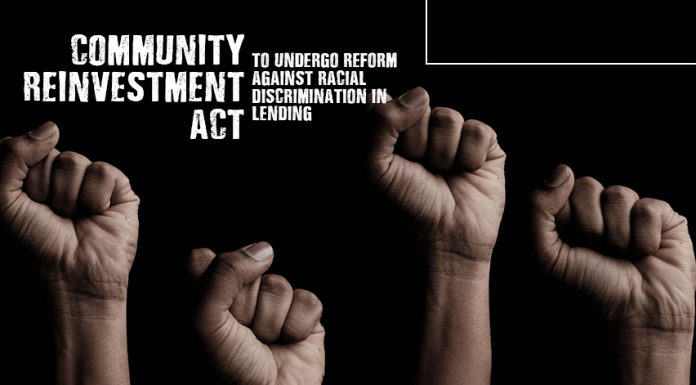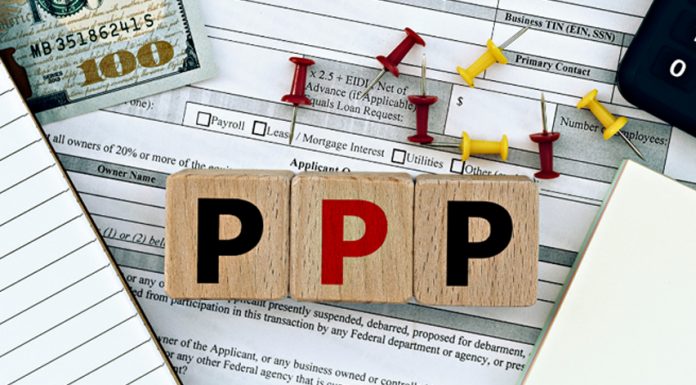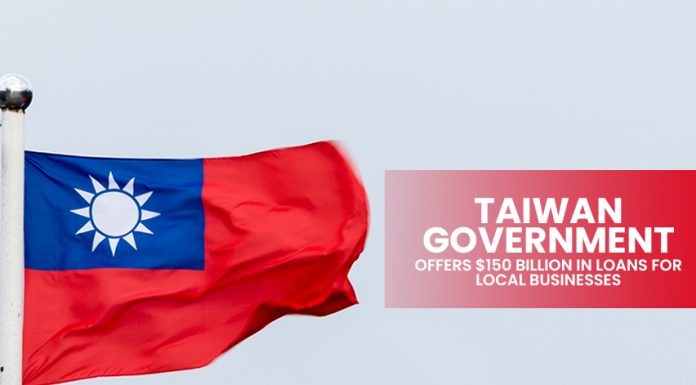The International Monetary Fund said Australia should use lending restrictions to cool a sweltering property market, while also lowering its growth projection for 2021 by 1% owing to a new coronavirus pandemic.
The IMF staff noted in the closing statement of the 2021 Article IV talks, “Surging home prices raise worries about affordability and financial stability.” The IMF has recommended Australia implement lending restrictions in order to calm the country’s overheated property market.
“Rising home prices raise worries about affordability and financial stability,” according to the IMF. They added that “to deal with impending dangers, macroprudential measures should be used.” Researchers found that boosting interest dependability buffers and “instituting portfolio limitations” on debt-to-income and loan to value ratios are both viable alternatives, according to a report released Friday.

Despite the closure of Sydney and Melbourne owing to an outbreak of the coronavirus delta strain, the Australian real estate industry is flourishing. This quarter’s recession is likely to be triggered by the outbreak.
With east coast lockdowns having lowered the IMF’s forecast for this year to 3.5%, it upped its estimate for 2022 to 4.1%, suggesting that the economy will return once restrictions are lifted. This is in contrast to an April projection of 4.5% growth this year and 2.8% next year when Covid was mostly absent from Australia’s economy.
According to the IMF, underlying inflation will reach 2% by the end of 2022 and thereafter remain within the Reserve Bank of Australia’s target range of 2% to 3%. Instead of cutting corporate income tax rates and relying more on revenue from goods and services tax revenues, the IMF recommended Australia boost indirect taxes by increasing indirect spending.
Additionally, they called on the government to set a “time-bound net-zero emissions objective” and said that, despite the political difficulties of carbon pricing and other measures to mitigate industrial transition risks, this strategy was necessary to both decrease emissions and encourage investment.













